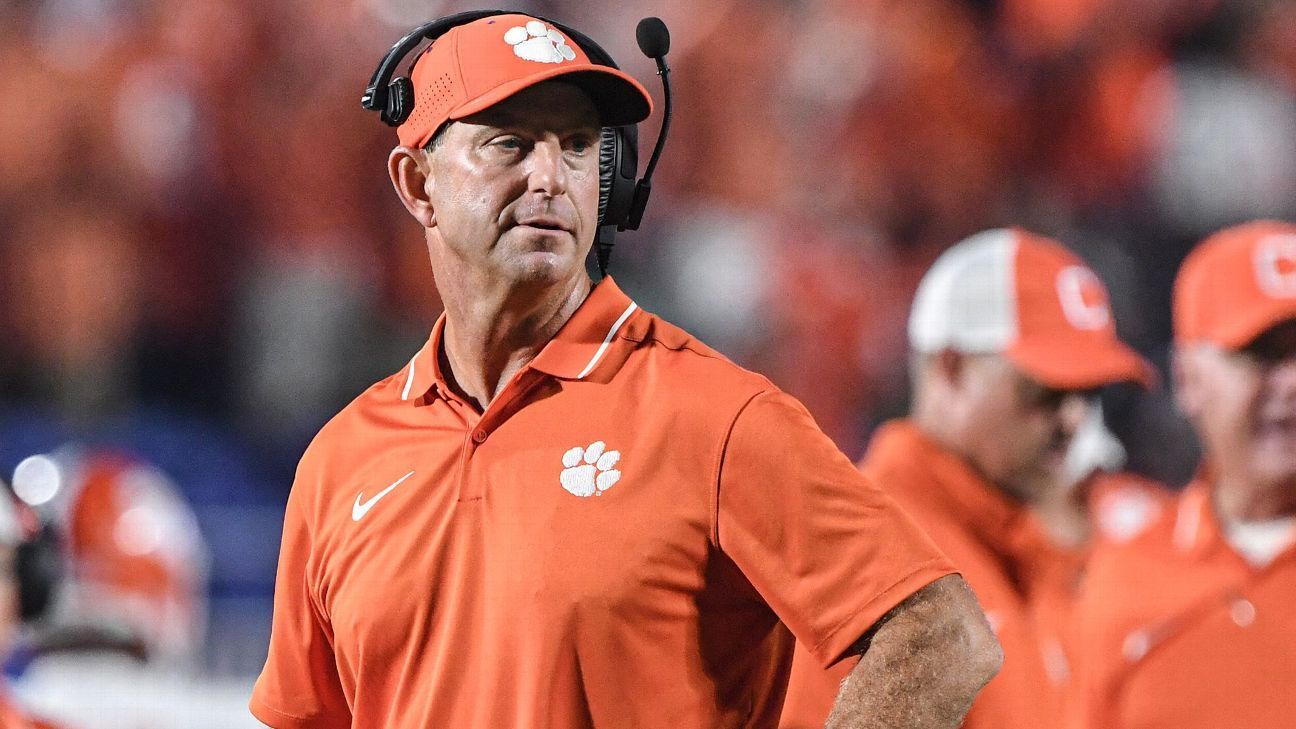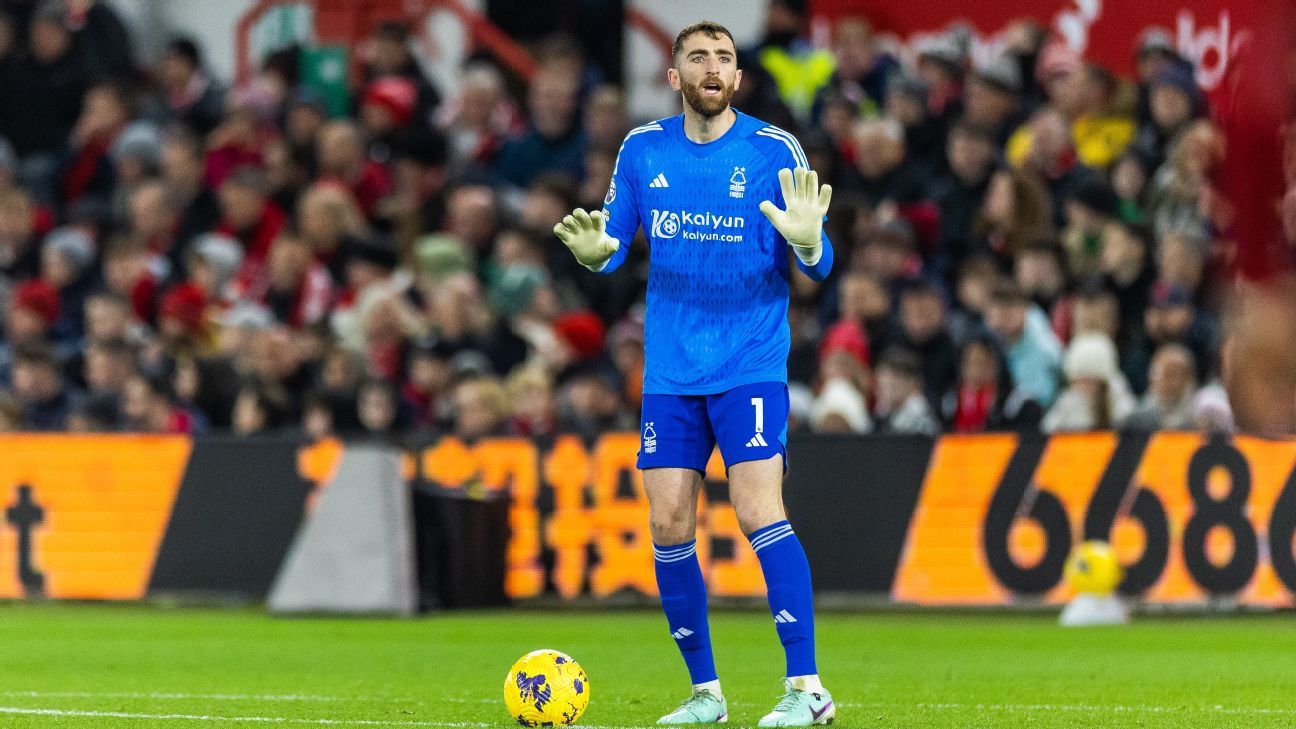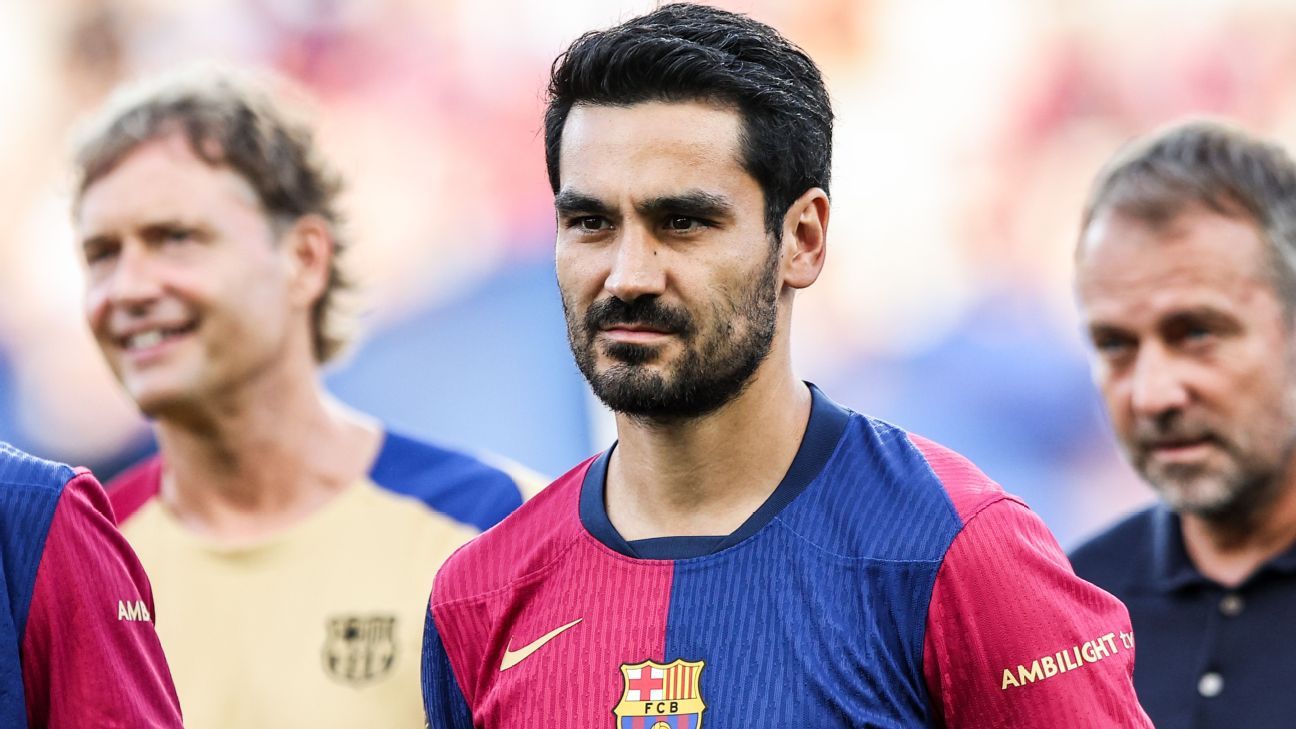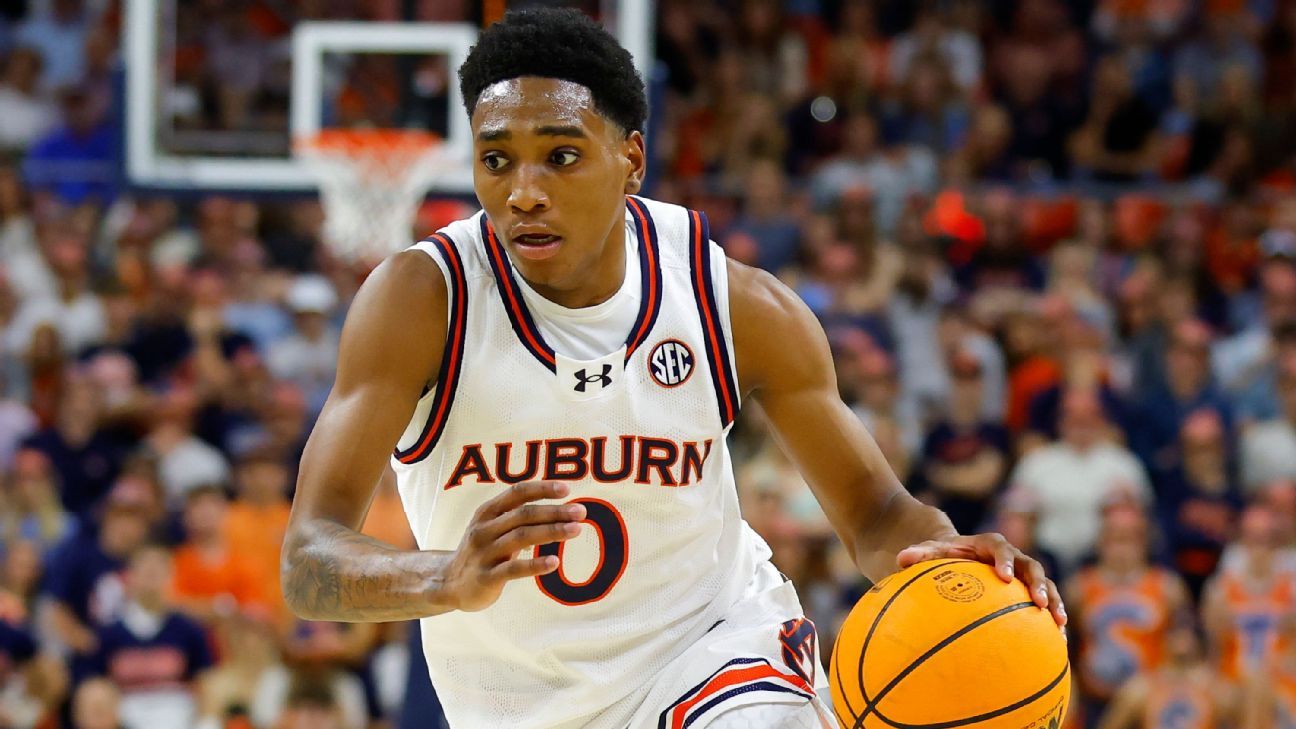CHARLOTTE, N.C. — College football could soon say goodbye to non-scholarship players, and Clemson coach Dabo Swinney, a former non-scholarship player at Alabama, said it will be a big loss for the sport.
As part of the settlement in the House v. NCAA case, schools can no longer have a cap on the number of scholarships they offer, though roster sizes can still be capped. Administrators were quick to push for a lower cap — likely between 105 and 110 players, according to multiple sources — to reduce the expenses that would come with a big increase in scholarships.
The result will be that many current players will be forced to stop playing for their current teams, which will cause an uproar among coaches.
“These are the most united coaches there have ever been in the history of football,” Swinney said. “It's very frustrating.”
Swinney began his career as a non-scholarship receiver at Alabama, where he earned a scholarship after two years on the scout team. That experience, he said, led to a job as a graduate assistant and eventually as Gene Stallings’ receivers coach and eventually to being a two-time national championship-winning head coach at Clemson. Had he not been able to make the Alabama team as a freshman, however, none of that would have happened.
“That doesn't happen if [Stallings] “They hadn't seen me,” Swinney said. “I can't even imagine how different things would have been.”
North Carolina coach Mack Brown said the son of passing game coordinator Lonnie Galloway, the son of a trustee and the children of several former Tar Heels players are among the players without scholarships in Chapel Hill and that if the situation is not addressed, he will have to release them all.
“In January I have to tell them they can't play football anymore. That's the hardest thing for the kids. The money is crazy, but we'll deal with it. But telling a kid who's been on your team and done everything right that you can't play football anymore?”
Swinney said that internally, Clemson has thought about possible solutions, including a legacy clause that would allow non-current scholarship players to remain on their teams until graduation or even form club soccer teams that would practice with the scholarship players but play games against club teams from other schools.
“We've been trying to figure out how to attack it from a lot of angles,” Swinney said.
Clemson, in particular, has a rich history of success with non-scholarship players, including Phillip Price, a starting left tackle on the Tigers' 2009 ACC championship team, and Hunter Renfrow, a former non-scholarship player who caught the game-winning touchdown in Clemson's 2016 national championship game and now plays in the NFL.
Swinney pointed to the Burlsworth Trophy, given annually to the nation's top former non-scholarship player, as an example of how many players arrive without a scholarship but leave as stars.
“We've had a lot of success with players who haven't come in,” Cal coach Justin Wilcox said. “There are two [Cal] “There are players playing in the NFL right now who were non-scholarship players. I don't want to lose that.”
Some of the best non-scholarship players would likely get scholarships when the cap is raised, but many others would likely opt to go to lower levels to continue playing.
On the other hand, if every school adds 20 or more scholarships to go from the current limit of 85 to the 105 or more offered, that would open up more than 1,300 scholarships at the Power 4 level at once, likely inducing a surge in transfers from Group 5 and FCS programs.
The transfers are unlikely to stop there, though. Swinney noted that most teams travel with just 80 players for away games, meaning 25 or more scholarship players will be left behind. That, he said, will almost certainly lead to frustration as more and more players enter the portal at the end of the year.
The increased scholarship pool still represents a reduction in overall roster size, however. Most Power 4 teams will begin this season with at least 120 players on their roster — a necessity, Swinney said, to practice efficiently and address the loss of players over the course of a season.
Swinney pointed to Florida State's appearance in the 2023 Orange Bowl, when 20 regulars missed the game due to buyouts or transfers.
“Mike Norvell would have had to forgo the Orange Bowl without non-scholarship players,” he said. “It's going to be a problem. Some bowl games won't be played.”












